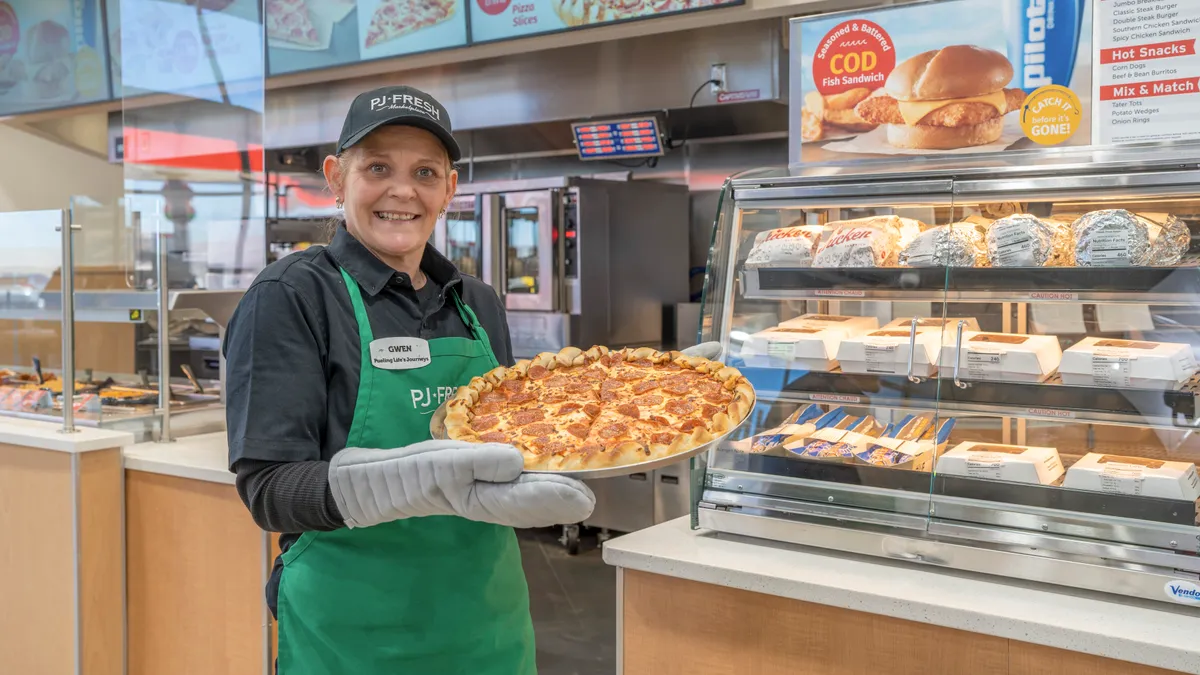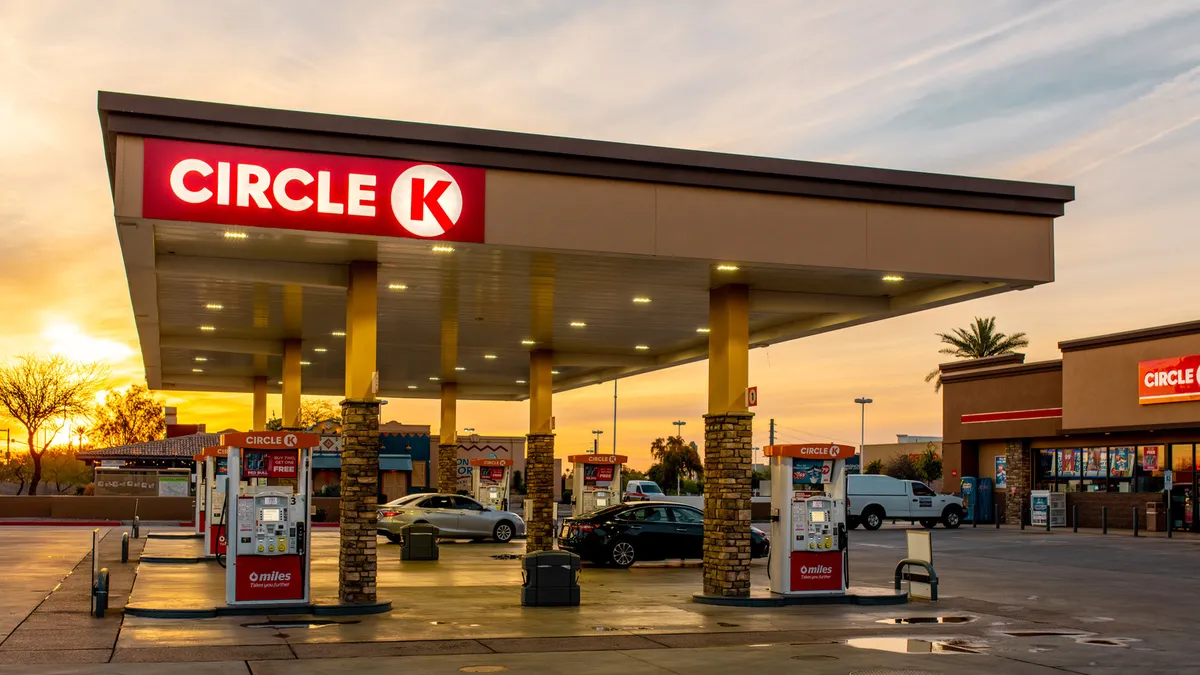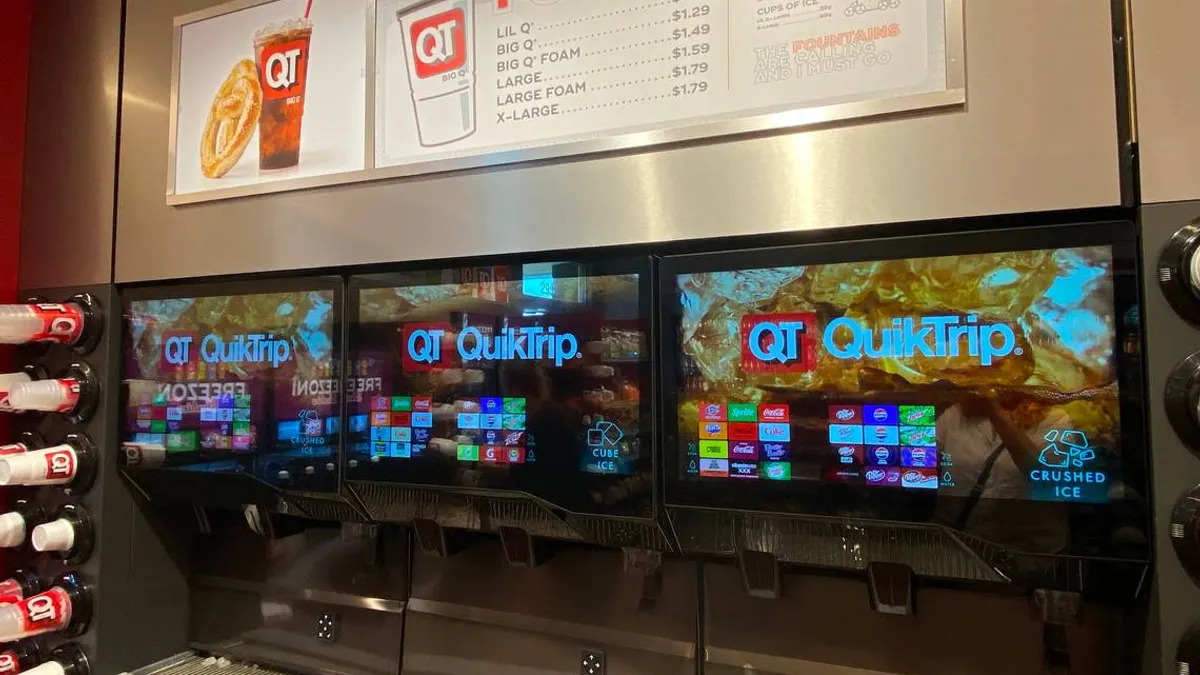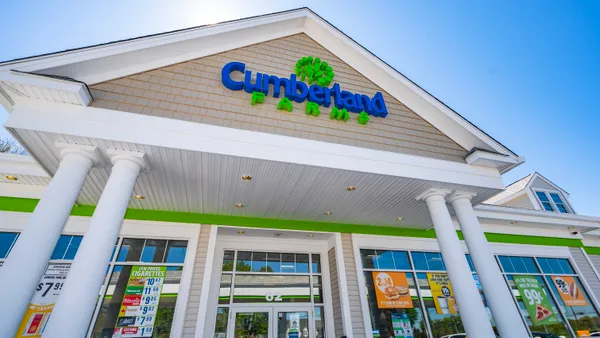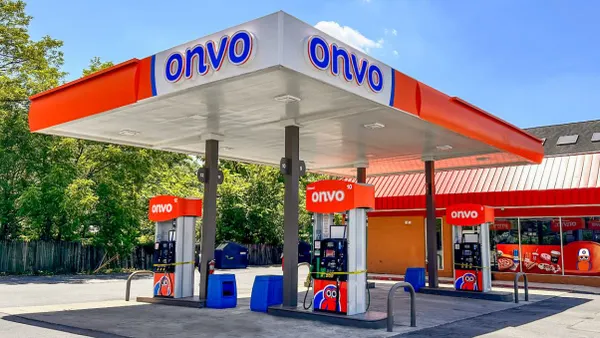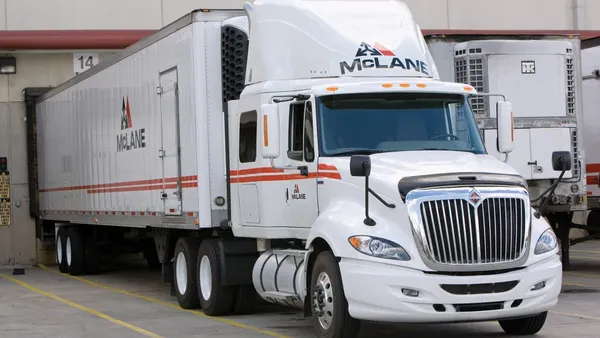Back to Basics is a monthly series that outlines how c-store operators can get valuable new services up and running.
Foodservice has become one of the main draws at convenience stores as the industry increasingly distances itself from its old-school “smokes and Cokes mentality.”
In recent years, the category — which includes made-to-order, pre-made, hot, cold, frozen and other types of foods — has been used to meet consumer demands for higher-quality foodservice and to bring customers inside the store when they’re filling their cars with gas. And it seems to have caught on among consumers, as prepared foods garnered $302,346 in sales per U.S. c-store on average in 2021 — a 21% increase over 2020, according to NACS.
But not all c-store operators have a menu that competes with top fast-food and quick-service restaurants. In fact, many operators don’t know where to begin when it comes to serving fresh food and building a reliable foodservice program.
Here are some tips on how to do so, from program conception to maintaining it for the long haul.
Picking a daypart to specialize in is the first step to kicking off a c-store foodservice program, said Jerry Weiner, partner for c-store consultancy b2b Solutions and former foodservice leader for Rutter’s, MAPCO and Crown Central Petroleum.
Of the four main dayparts — breakfast, afternoon snacking, lunch and dinner — Weiner suggests starting with breakfast, since it’s quickly growing in the c-store space and its meals are the easiest to execute. Egg and cheese sandwiches are a straightforward menu item to start with, he suggested.
“You don’t need a lot of items — you can cover breakfast with only 10 SKUs, and that’s if you want to assemble on site, which I would advise,” he said. “When you get down to it, you need some form of an egg, a certain degree of meat — bacon and sausage are easy — and a [type of] cheese.”
Once the sandwich ingredients are assembled, they don’t require many more steps. Package the sandwiches, place them in a warmer and label and co-date them, Weiner said.
“Make [breakfast] available for the same customer coming to you in the morning for cigarettes,” Weiner said. “Get breakfast in order, then expand on the [other] dayparts.”
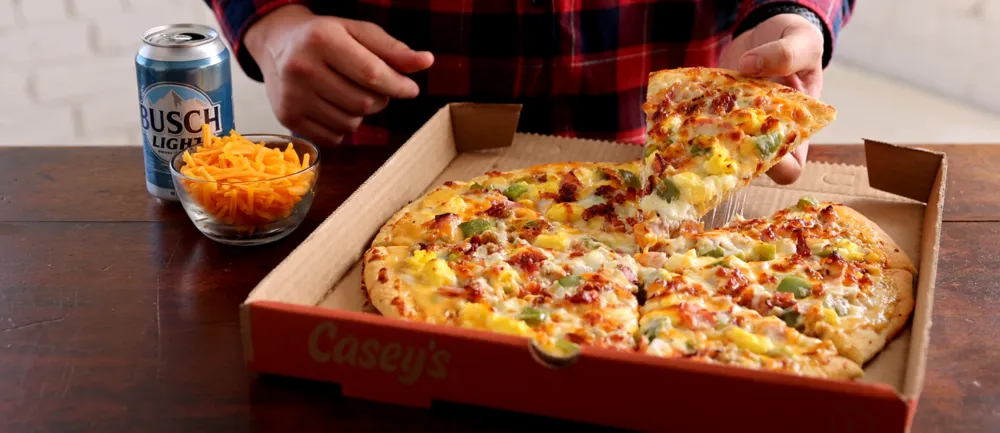
C-store operators can even start smaller by specializing in one or two food items, as opposed to many other operators, who try to offer everything, Bradley Borchardt, senior corporate chef for foodservice distributor Cargill, said at the 2022 NACS Show.
Having that singular item is a way for c-store operators to differentiate themselves, Borchardt said.
“Don’t be everything to everyone, because then you’ll be nothing to no one,” he said. “Get really focused on what you’re going to do and what you’re going to hang your hat on, and start there.”
Borchardt referenced QSR Raising Cane’s as an example, a chain that’s known for making fried chicken exceptionally well. In the c-store world, brands centering their foodservice programs around one item include Casey’s General Stores, which is famous for its pizza program; Royal Farms, which specializes in its fried chicken; and Stewart’s Shops, known for its homemade ice cream.
Once the daypart or item of focus is figured out, it’s time to select a supplier to work with. While vetting different suppliers, Weiner suggests looking into their pricing and distribution fees, since frozen, refrigerated and dry foods all come at different costs, he said.
“Check and see what [suppliers are] charging so you know you’re dealing with a market that’s consistent,” he said.
When the supplier is vetted and selected and the program is ready to launch, getting the word out is crucial, Weiner said. He recommends doing “everything you can” to announce the new program — in-store sampling, social media promotions, highlighting it with signage at gas pumps and more.
“Let [customers] know you’ve got this stuff,” he said. “Shout it loud and proud.”
Once it’s up and running, keeping a c-store foodservice program growing and making it successful requires consistency and introducing a few items every year, Weiner said.
“This is where you look at trends and see what items are coming on or already out there that you can executive,” he said.
Perfecting the fundamentals is key for maintaining a solid c-store foodservice program, Borchardt said. This means always having clean menus, efficient staff and clean countertops.
“Yes, it's all about the unsexy stuff, but [the fundamentals are] what makes a successful operation,” he said



